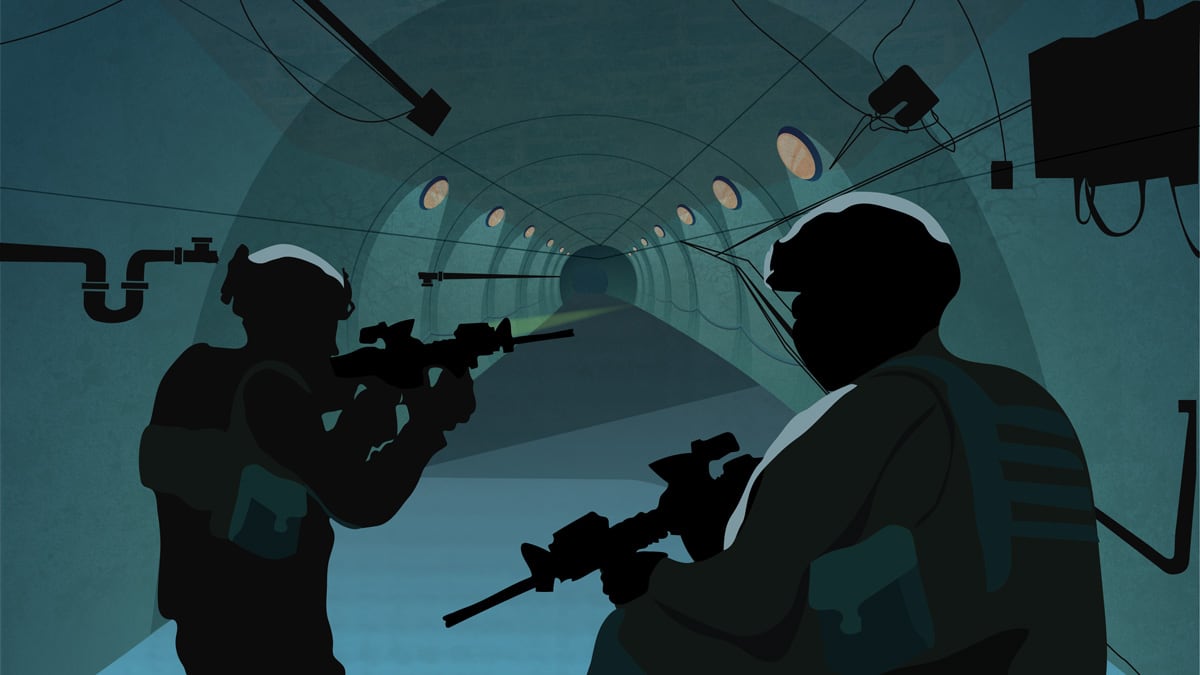Since the dawn of urban warfare, one of the most terrifying aspects of the fight has been not knowing what’s on the other side of the wall a soldier is facing.
The Army recently awarded a prize to a company that has developed a “wall-penetrating radar” that is designed to help soldiers and first responders see through those walls to identify people and potential threats.
Lumineye, Inc. has fielded their equipment to first responders from firefighters to police and search and rescue teams.
While it’s mostly been used in civilian applications, the Army and Marine Corps are preparing for urban combat scenarios that could see soldiers and Marines facing cluttered battlefields and maze-like obstacles of buildings to search.
RELATED

Earlier this year, the Army was about halfway finished with training all of its infantry brigade combat teams in the basics of subterranean warfare.
The Marine Corps launched a years-long experimentation effort known as Project Metropolis 2.0, with a recent squad-focused training event that put new urban-capable tech into the unit for testing.
The device helps in disaster response to find people in rubble and conduct grid searches of large areas. For police, it helps identify threats when sending in K9s for searchers, spot false walls that can hide people or contraband and help with SWAT-style breaching in hostage rescues or active shooter scenarios.
Firefighters use the device to see whether a person they’re headed to rescue is still breathing. And it can help them sense changes in the structure that they’re searching while also seeing through smoke and fire.
Army officials announced a $250,000 award to the company through its xTechSearch program in mid-October.
The program is used to “uncover novel science and technology solutions” to meet Army modernization challenges.
“We need your insights, ideas, and creativity,” said Maj. Gen. Patrick Burden, director of combat systems, U.S. Army Futures Command, in a release. “Some of the systems and technologies that will enable our Soldiers to win on future battlefields will arise from the partnerships we establish here. We look to you to help us deliver the best technology in the world to our Army.”
The device can tell the user how far a person is from the wall that’s being viewed and whether they’re moving or not. It can also detect if a stationary target is breathing.
It weighs 1.5 pounds, is 9 inches long and can detect a range of up to 50 feet, according to the company website.
Todd South has written about crime, courts, government and the military for multiple publications since 2004 and was named a 2014 Pulitzer finalist for a co-written project on witness intimidation. Todd is a Marine veteran of the Iraq War.





